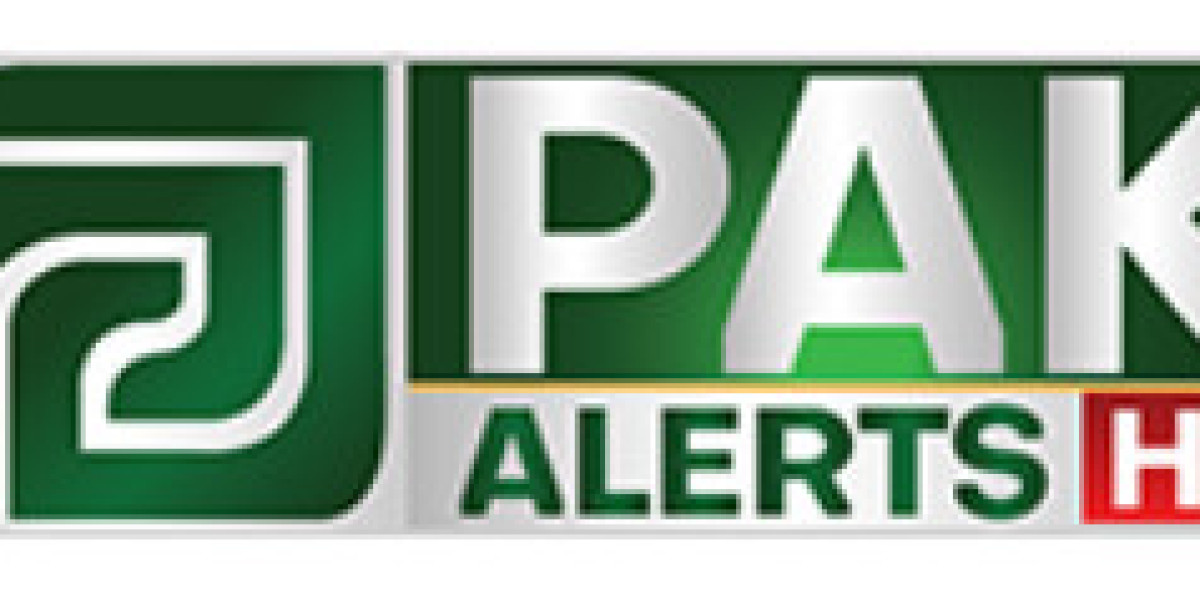The healthcare industry is undergoing a transformation, with digital solutions increasingly being adopted to improve efficiency and patient experience. One such advancement is the use of automated patient check-in systems, which streamline the registration process and provide a more seamless patient experience. Implementing patient check-in automation in hospitals can significantly reduce wait times, enhance data accuracy, and improve overall satisfaction. This technology aligns with broader trends in hospital management systems where automation plays a crucial role, along with AI Chatbots in Healthcare that support patient engagement and inquiries. In this blog, we’ll explore the essential steps to implement an automated patient check-in system effectively in hospitals, ensuring it meets operational needs and enhances patient care.
Why Automated Patient Check-In Systems Are Essential
Automated check-in systems leverage AI and digital technologies to enable patients to complete the check-in process quickly and efficiently. Traditionally, patient check-ins require face-to-face interaction, paperwork, and wait times, which can lead to delays and overcrowding. With AI patient intake systems and touchless check-in solutions, hospitals can offer a more streamlined experience that aligns with the expectations of today’s digitally connected patients.
Studies show that reducing check-in wait times can improve patient satisfaction by up to 30%, and implementing digital intake options has been associated with increased data accuracy and reduced administrative burden. Furthermore, incorporating automation in healthcare through automated check-in processes helps manage patient flow more efficiently within a hospital management system, freeing up staff time for other essential tasks.
Assess the Hospital’s Check-In Process Needs
Before implementing an automated check-in system, it’s crucial to assess the specific needs of your hospital. Different hospitals have unique workflows, patient demographics, and check-in requirements. Begin by identifying pain points in the existing check-in process, such as long wait times, inefficient data entry, or excessive paperwork. Conduct surveys with both staff and patients to gather insights into how the current system could be improved.
This assessment will guide the design of your automated system, ensuring it meets the hospital’s specific requirements. For example, hospitals with high patient volume may prioritize speed and touchless options, while smaller facilities may focus on simplifying patient intake. Additionally, integrating AI Chatbots in Healthcare into the check-in process can enhance the patient experience by providing instant assistance for common questions or navigation within the hospital.
Choose the Right Patient Check-In Automation Technology
Once the hospital’s needs are clearly defined, the next step is selecting the appropriate AI-powered patient check-in system. There are several technologies available, including kiosks, mobile apps, and web-based platforms, each offering different features suited to various patient preferences. Some patients may prefer a self-service kiosk in the hospital, while others may choose to check in via their smartphone before arriving.
When choosing technology, ensure it integrates seamlessly with your hospital management system, allowing data from check-ins to flow directly into patient records. This integration improves data accuracy and ensures that the information is immediately accessible to healthcare providers. Look for systems that also support touchless check-in, which has gained popularity due to its convenience and alignment with hygiene standards in healthcare.
Ensure Data Security and Compliance
With digital patient intake systems, hospitals must prioritize data security and compliance to protect sensitive patient information. Automated check-in systems collect personal and medical data, which must be securely stored and managed in line with regulations such as HIPAA in the United States or GDPR in Europe. This is crucial to maintaining patient trust and avoiding regulatory penalties.
Select a check-in solution that offers robust data encryption and user authentication features. Many automated check-in providers include built-in security protocols that ensure data is only accessible by authorized personnel. Additionally, automation in healthcare allows hospitals to track access and interactions with patient data, helping to maintain transparency and compliance in data management.
Integrate AI Chatbots for Enhanced Patient Assistance
Integrating AI Chatbots in Healthcare with patient check-in systems can significantly enhance the patient experience. AI chatbots provide real-time assistance, answering patient questions about the check-in process, hospital locations, or appointment times. They can also assist in navigating the patient intake system, ensuring patients complete the check-in process without confusion.
AI chatbots not only make the check-in experience smoother but also reduce the workload on hospital staff by handling common inquiries. When integrated with the hospital management system, chatbots can access patient appointment details, making them valuable for managing scheduling or last-minute changes. This integration of AI chatbots into the automated check-in system is essential for a comprehensive approach to patient care.
Implement Training for Staff and Educate Patients
A successful rollout of an automated check-in system requires that staff are fully trained on how to use and troubleshoot the system. Staff training ensures they understand how to manage the technology, assist patients who may have questions, and address any system issues. This helps create a seamless experience for patients, as trained staff are ready to support the process.
It’s equally important to educate patients on how to use the new check-in system. Display clear instructions near the check-in area, and consider providing instructional pamphlets or video tutorials. Some hospitals may also choose to create an online portal where patients can view tutorials before arriving at the hospital, reducing potential confusion and making the check-in experience even more efficient.
Optimize for Touchless and Mobile Check-In Options

As part of the digital patient intake process, it’s beneficial to incorporate touchless and mobile check-in options. Mobile check-in enables patients to complete intake forms from their devices, either before arrival or upon entering the hospital. Touchless options, such as QR code-based check-ins, further enhance convenience and support patient hygiene standards.
Touchless and mobile check-ins streamline hospital operations by minimizing the need for physical interaction, reducing congestion at the reception area, and improving patient flow. These features are particularly useful for high-volume hospitals and align well with broader trends in automation in healthcare, allowing hospitals to handle large patient volumes efficiently and safely.
Conduct a Pilot Test and Gather Feedback
Before a full-scale implementation, conduct a pilot test of the automated check-in system to identify potential issues and make necessary adjustments. Select a small group of patients and staff members to use the system, and gather their feedback on usability, efficiency, and any challenges they encountered.
This feedback is invaluable for refining the system, whether it involves optimizing user interfaces, addressing security concerns, or adding functionalities based on user needs. A pilot test ensures that the system is ready for broader implementation, with minimal disruptions to the hospital’s daily operations.
Monitor Performance and Make Continuous Improvements
Once the automated check-in system is fully implemented, monitoring its performance is essential to ensure it meets hospital goals for efficiency and patient satisfaction. Use data analytics to track metrics such as check-in times, patient feedback, and system reliability. By identifying trends and areas for improvement, hospitals can make continuous adjustments to enhance the check-in experience.
This step also includes updating software as needed and integrating new functionalities as technology advances. Regularly revisiting the check-in system ensures that it continues to provide value and align with hospital needs as part of a comprehensive hospital management system.
Real-World Impact: Improving Patient Experience with Automated Check-In Systems
Implementing an automated patient check-in system has transformative effects on patient experience. Patients report reduced wait times, greater ease of access, and improved transparency throughout their hospital visits. With AI Chatbots in Healthcare assisting in the check-in process, patients feel more informed and supported, enhancing their satisfaction and loyalty to the hospital.
For hospitals, automation also means a reduced administrative burden, allowing staff to focus on direct patient care rather than paperwork. This streamlined approach aligns with the goals of modern hospital management systems, where technology enhances both patient engagement and operational efficiency. As more healthcare facilities adopt digital intake and check-in systems, hospitals benefit from increased efficiency and patients enjoy a more convenient healthcare experience.
Conclusion
Automating the patient check-in process is a valuable advancement for hospitals seeking to improve efficiency and patient experience. By following the steps outlined above, hospitals can implement patient check-in automation effectively, enhancing the capabilities of their hospital management system. With the help of AI Chatbots in Healthcare and touchless check-in solutions, patients receive a seamless, stress-free experience from the moment they enter the hospital. As automation in healthcare* continues to evolve, hospitals that invest in automated check-in solutions will be well-positioned to provide superior care and support patient satisfaction.
FAQs on Automated Patient Check-In Systems
Q: How does automated check-in improve patient experience in hospitals?
Automated check-in systems reduce wait times, simplify the check-in process, and provide flexible options such as mobile and touchless check-ins. These improvements make the experience more convenient, efficient, and aligned with modern patient expectations.
Q: What are the steps to set up AI-powered patient check-in systems?
Setting up AI-powered check-in involves assessing the hospital’s needs, choosing the right technology, ensuring data security, integrating AI chatbots, training staff, optimizing for mobile check-in, conducting a pilot test, and continuously monitoring performance.
Q: How do digital check-in systems streamline hospital operations?
Digital check-in systems improve operational efficiency by automating intake processes, reducing administrative tasks, minimizing wait times, and allowing staff to focus on patient care. They also help hospitals manage patient flow more effectively within the hospital management system.
Q: How does AI enhance patient check-in processes?
AI enhances check-in by automating routine tasks, providing real-time assistance through AI Chatbots in Healthcare, and improving data accuracy and security. These features collectively make check-in faster, safer, and more efficient for both patients and staff.
Q: What are the compliance considerations for automated check-in systems?
A: Automated check-in systems must comply with healthcare data privacy laws such as HIPAA, using encryption and secure access controls to protect patient information. Regular audits and system updates help maintain compliance and data security.








